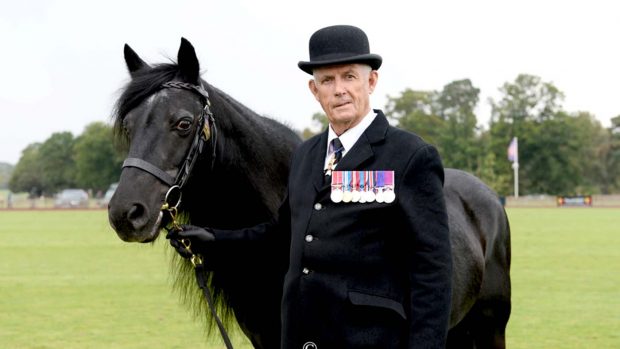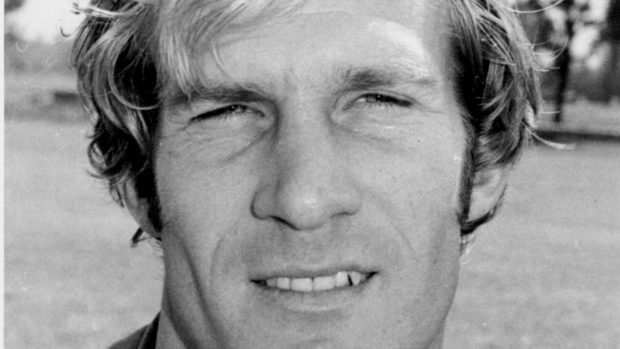The number of times players can change ponies within a match has been questioned by Guards polo manager Antony Fanshawe.
The former high-goal player, who took over the role at Guards this year, is keen to see ponies regularly playing full chukkas, and the style of play return to “passing” polo as a result.
At present, players frequently change horses at least once during a chukka, as well as in between.
“Horses are not as fit as they used to be — players go for the two-minute express train instead of ponies with the stamina to play a full chukka as was the case not so very long ago,” he said.
“People only prepare ponies to play two-minute bursts, and we’re rewarding the guy who doesn’t prepare his ponies well and develop their stamina.
“It’s like having a football team with 25 players.”
Mr Fanshawe’s proposals have stirred up debate on social media, with both high- and low-goal players adding mixed views. He has also suggested alternative ruling that could be put in place to counter what he sees as a major problem within polo.
“We could limit the number of horses each team can bring to matches, for example nine horses per player, or limit the number of changes a player can make, such as three across six chukkas,” he says.
As a result, Mr Fanshawe wants to see polo move away from the style of play often seen from the world’s top player, Adolfo Cambiaso.
| Popular articles |
“The best player in the world doesn’t pass the ball — instead his team block the opposition to open a gap for him to tap the ball all the way to goal, and this is made possible by changing ponies every couple of minutes,” he said. “It makes the game boring, and we wonder why events aren’t drawing in the crowds like they used to.”
H&H polo reporter Aurora Eastwood agreed: “[Using one pony per chukka] is perfectly possible if you know how to get horses fit and more importantly, how to conserve energy.”
However Henry Browne, former Rutland polo manager said: “The choice should always be there from a welfare point of view, both physically and mentally. The reality is that at low-goal, players often have older horses, who are more prone to injury, and at high-goal lots of horses mentally need a break before the end of the chukka. The rider should be able to judge whether the horse needs changing – we cannot have a rule of thumb as every horse is different. “





